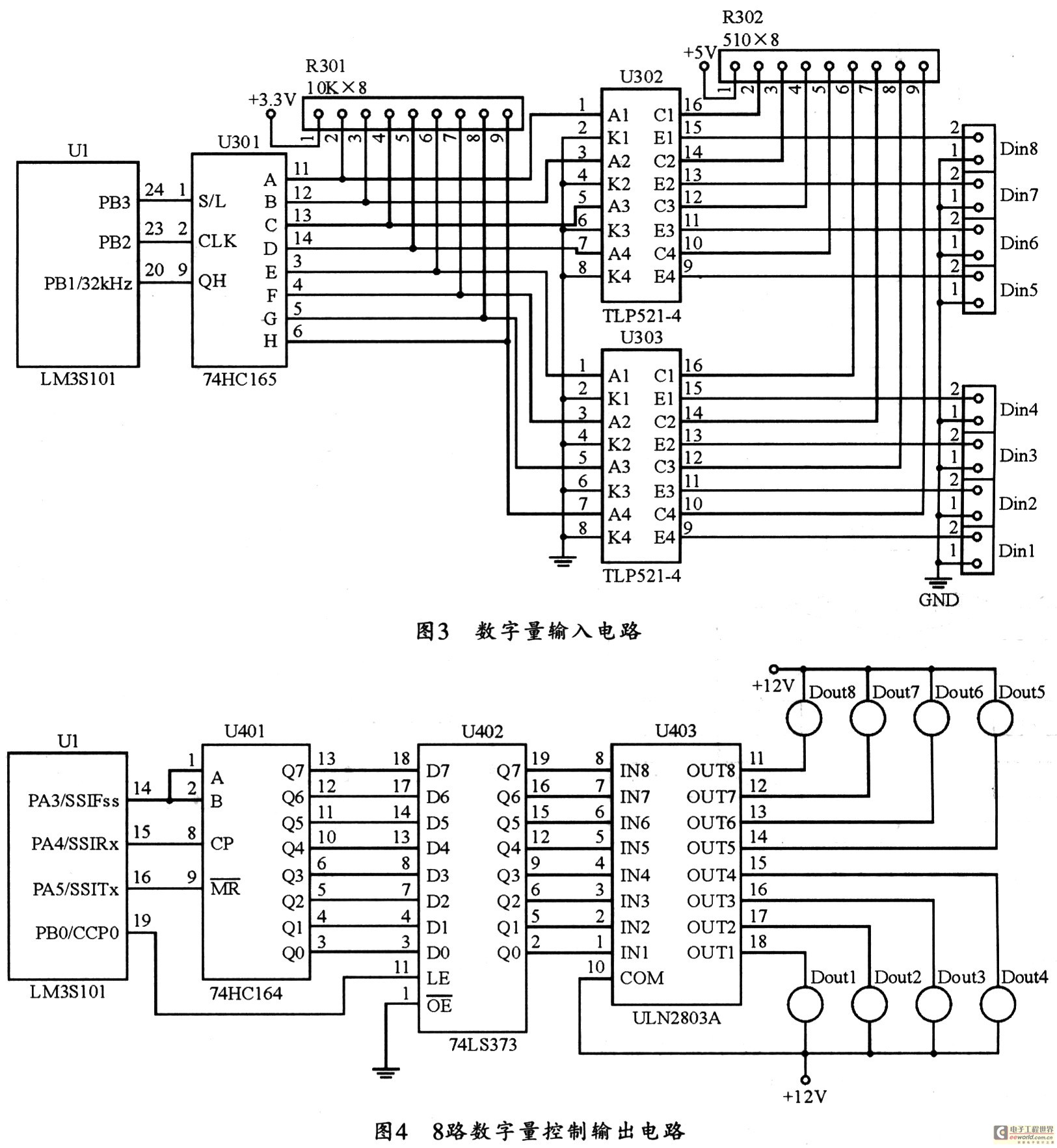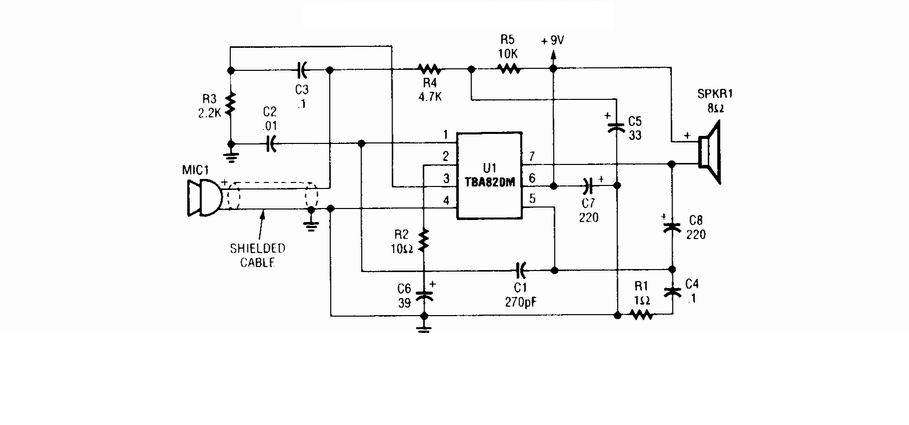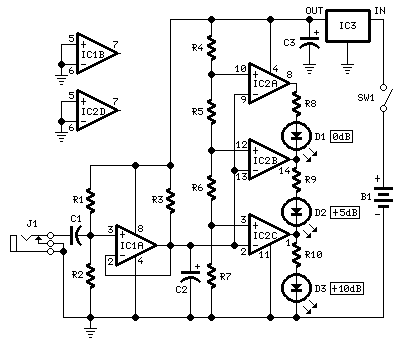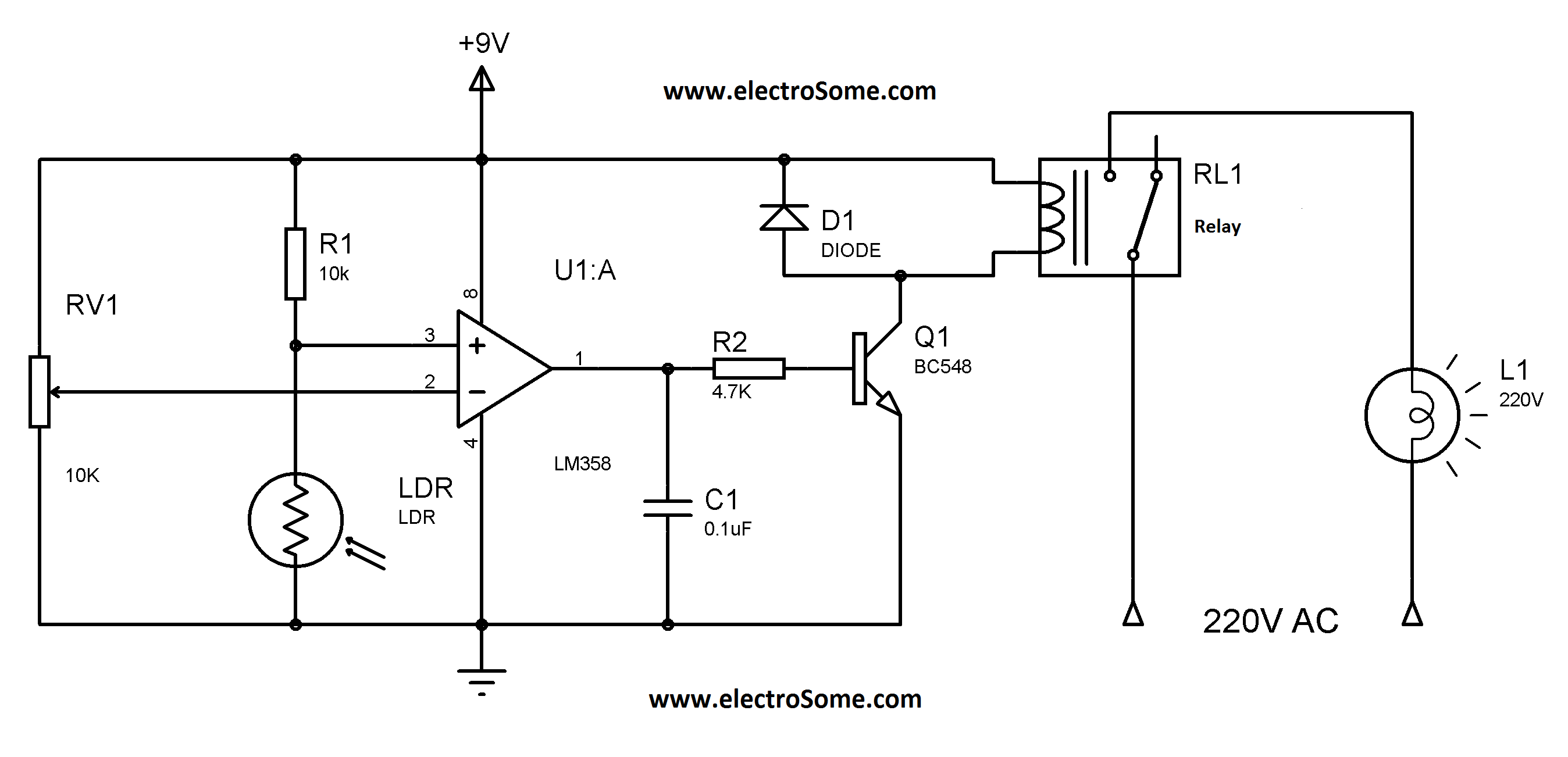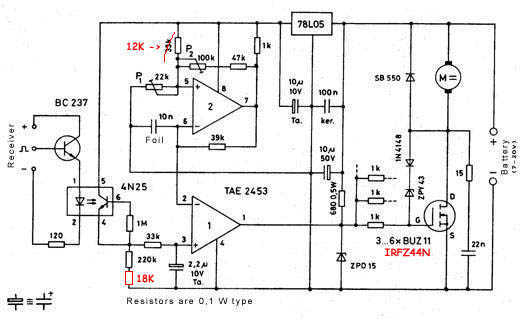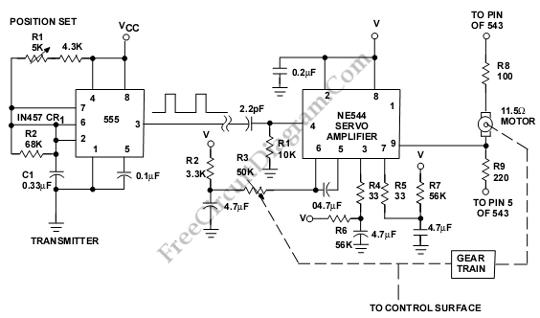
Water Level Sensor/Alarm System for MAXQ3210 Controller
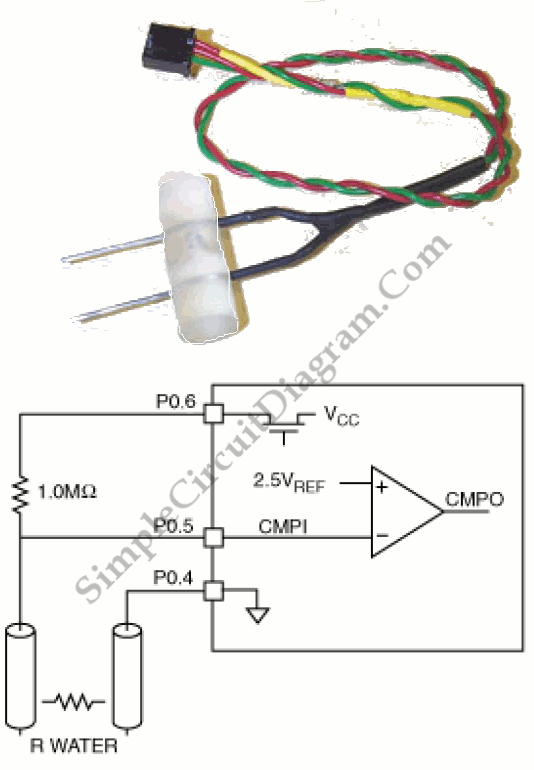
The MAXQ3210 is a powerful RISC microcontroller. This device has features and capabilities that make it suitable for battery-powered applications that require detection.
The MAXQ3210 microcontroller is designed with a focus on low power consumption and efficiency, making it particularly well-suited for portable and battery-operated devices. It incorporates a 16-bit RISC architecture, which allows for high performance while maintaining a low energy profile. The microcontroller features an integrated hardware multiplier and a rich set of I/O ports, enabling it to handle various tasks in a compact form factor.
Key specifications of the MAXQ3210 include an operating voltage range that supports various battery chemistries, ensuring compatibility with a broad spectrum of applications. The device also includes multiple communication interfaces, such as UART, I2C, and SPI, facilitating seamless integration with other components and sensors in a system.
In addition, the MAXQ3210 is equipped with an extensive set of peripherals, including timers, analog-to-digital converters (ADCs), and interrupt controllers. This versatility allows developers to implement complex functionalities, such as real-time data processing and event-driven programming, which are essential in modern embedded systems.
The microcontroller's low-power modes further enhance its suitability for energy-sensitive applications. By utilizing sleep and idle states effectively, the MAXQ3210 can significantly extend battery life, making it ideal for wearable technology, remote sensors, and other applications where power efficiency is critical.
Overall, the MAXQ3210 microcontroller stands out as a robust solution for developers seeking to create innovative, battery-powered devices with advanced detection capabilities and efficient performance.The MAXQ3210 ia a powerful RISC microcontroller. This device have features and capabilities to make it compatible for battery-powered applications that detect.. 🔗 External reference
The MAXQ3210 microcontroller is designed with a focus on low power consumption and efficiency, making it particularly well-suited for portable and battery-operated devices. It incorporates a 16-bit RISC architecture, which allows for high performance while maintaining a low energy profile. The microcontroller features an integrated hardware multiplier and a rich set of I/O ports, enabling it to handle various tasks in a compact form factor.
Key specifications of the MAXQ3210 include an operating voltage range that supports various battery chemistries, ensuring compatibility with a broad spectrum of applications. The device also includes multiple communication interfaces, such as UART, I2C, and SPI, facilitating seamless integration with other components and sensors in a system.
In addition, the MAXQ3210 is equipped with an extensive set of peripherals, including timers, analog-to-digital converters (ADCs), and interrupt controllers. This versatility allows developers to implement complex functionalities, such as real-time data processing and event-driven programming, which are essential in modern embedded systems.
The microcontroller's low-power modes further enhance its suitability for energy-sensitive applications. By utilizing sleep and idle states effectively, the MAXQ3210 can significantly extend battery life, making it ideal for wearable technology, remote sensors, and other applications where power efficiency is critical.
Overall, the MAXQ3210 microcontroller stands out as a robust solution for developers seeking to create innovative, battery-powered devices with advanced detection capabilities and efficient performance.The MAXQ3210 ia a powerful RISC microcontroller. This device have features and capabilities to make it compatible for battery-powered applications that detect.. 🔗 External reference
